Which Two Parts of the Body Continue to Grow for Your Entire Lif
11 Body Parts Grown in the Lab
Lab-grown parts
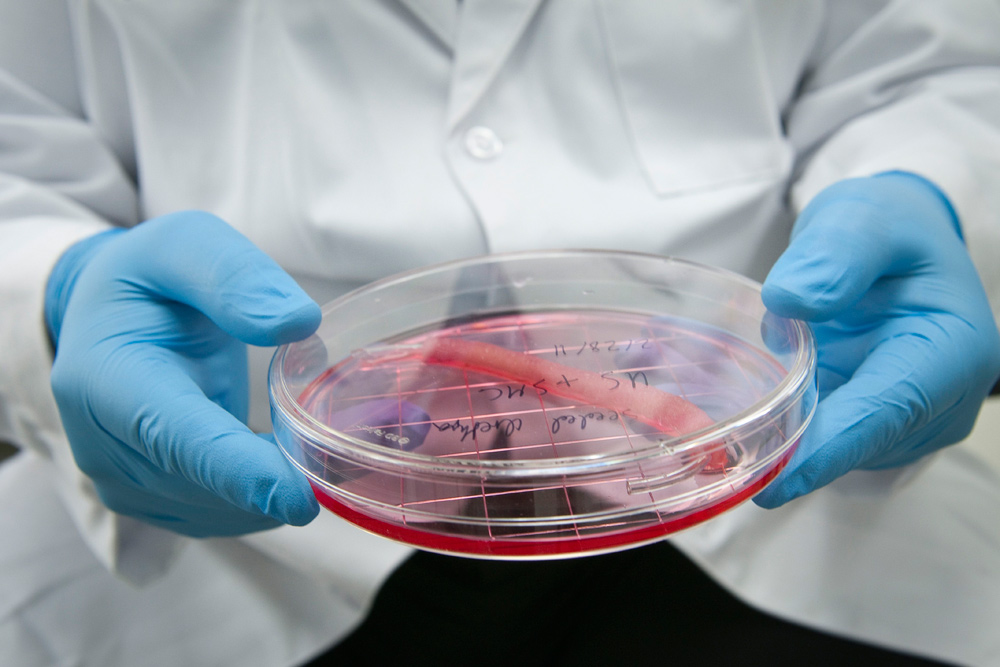
Regrowing a missing limb is no big deal — to a starfish or salamander, creatures that are well-known for using regenerative "superpowers" to replace missing arms and tails. But they aren't the only animals that can rebuild body parts that are destroyed or damaged. Deer can re-sprout as much as 66 lbs. (30 kilograms) of antlers in only three months. Zebrafish can regrow their hearts, while flatworms have demonstrated that they can regenerate their own heads.
For humans, though, what's lost is lost — or is it?
Individual cells in your body are constantly being replaced as they wear out, a process that slows with aging but continues throughout the human lifetime. You can even observe this frequent and visible regeneration in one of your organs: your skin. In fact, humans shed their entire outer layer of skin every two to four weeks, losing about 18 ounces (510 grams) of skin cells per year, according to the American Chemical Society.
However, regenerating complete organs and body parts, a common practice among "Doctor Who's" Time Lords, is beyond the scope of human biology. But in recent years, scientists have successfully cultivated a range of human body structures, similar structures that have been successfully tested in animals, and small-scale human organs known as "organoids," which are used to study human organ function and structure at a level of detail that was previously impossible. Here are some recent examples:
Fallopian tubes
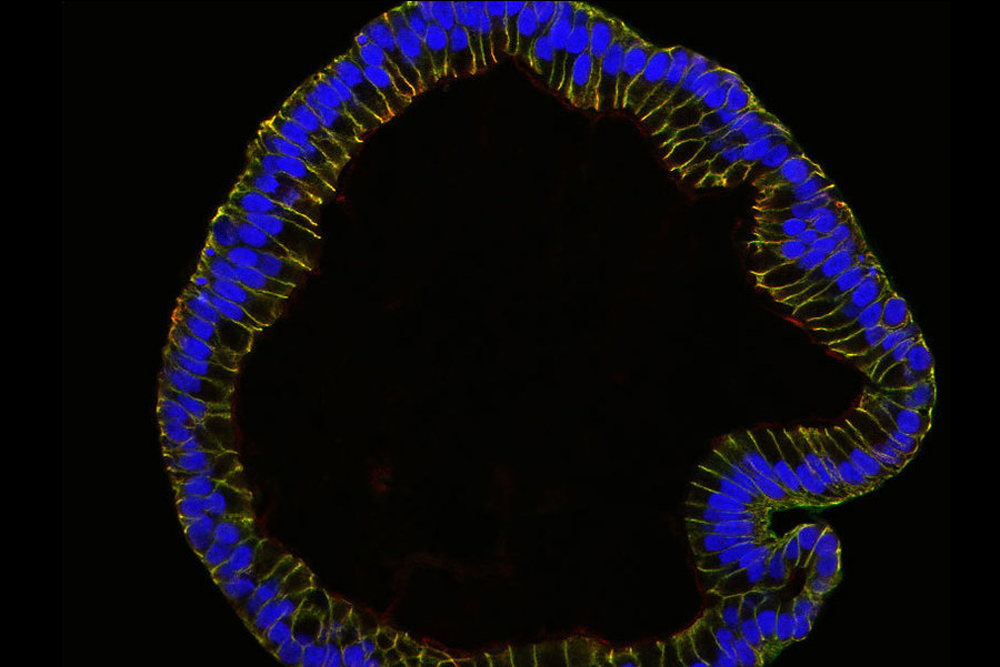
Using stem cells, scientists from the Max Planck Institute for Infection Biology in Berlin grew the innermost cellular layer of human fallopian tubes, the structures that connect the ovaries and uterus. In a statement released on Jan. 11, the researchers describe the resulting organoids as sharing the features and shapes that are particular to full-size fallopian tubes.
Minibrain
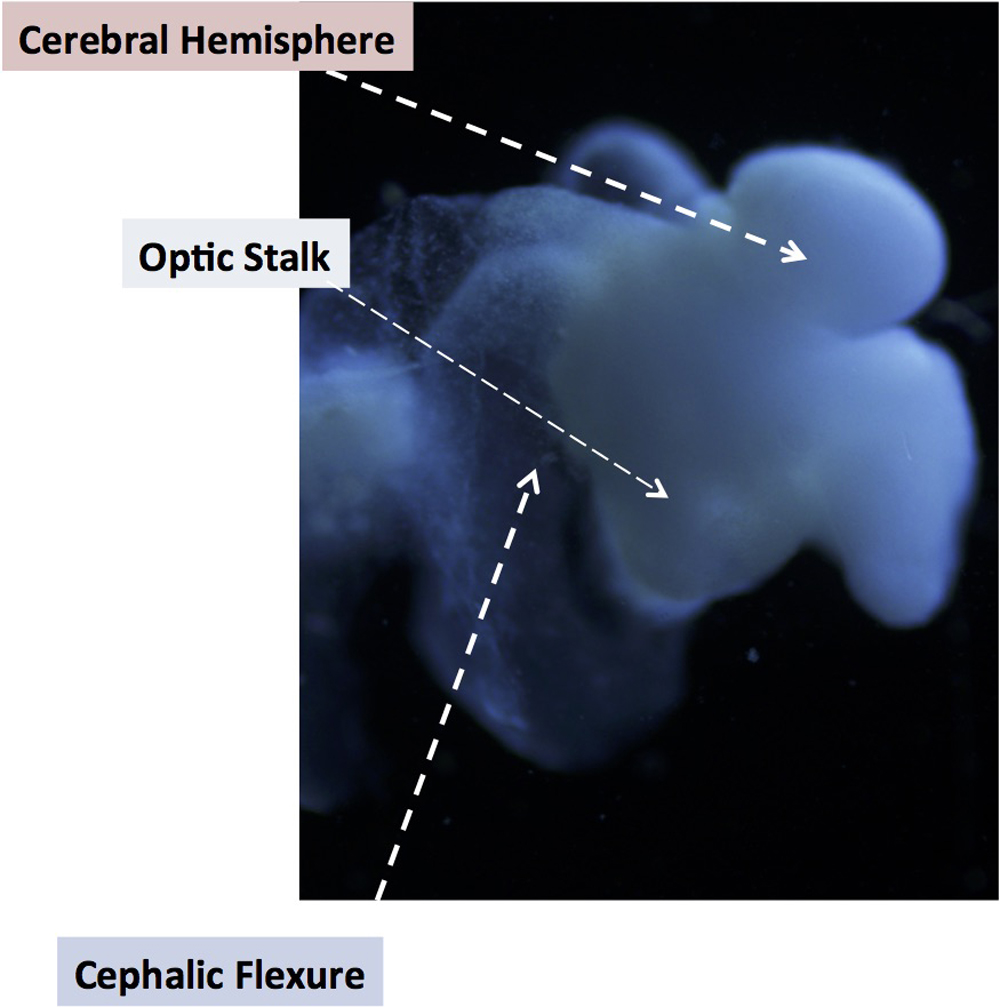
A lab-grown brain the size of a pencil eraser was cultivated from skin cells by The Ohio State University (OSU) scientists, and is structurally and genetically similar to the brain of a 5-week-old human fetus. Described as "a brain changer" by OSU representatives in an Aug. 18 statement, the organoid has functioning neurons with signal-carrying extensions like axons and dendrites. In the photo of the minibrain, labels identify structures that are typically found in a fetal brain.
Miniheart
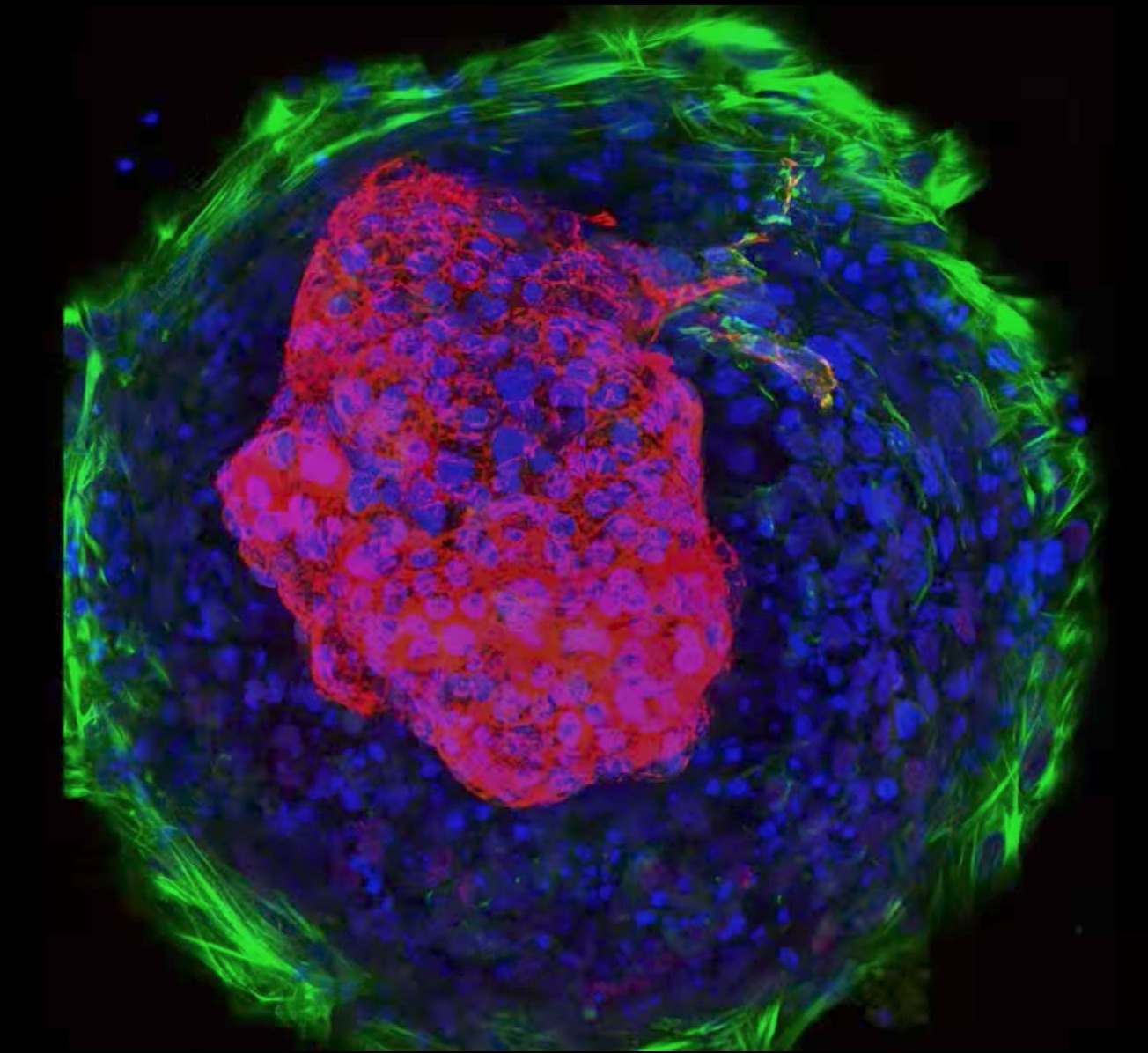
Researchers prompted stem cells to develop into heart muscle and connective tissue, and then organize into tiny chambers and "beat." In a video of the achievement, the heart muscle cells (indicated by red at the center) are beating while connective tissue (green ring) secures the miniheart to the dish where it grew. Kevin Healy, a University of California, Berkeley, professor of bioengineering and co-senior author of the study, said in a statement. "This technology could help us quickly screen for drugs likely to generate cardiac birth defects, and guide decisions about which drugs are dangerous during pregnancy." The research was published March 2015 in the journal Nature Communications (opens in new tab)
Minikidney
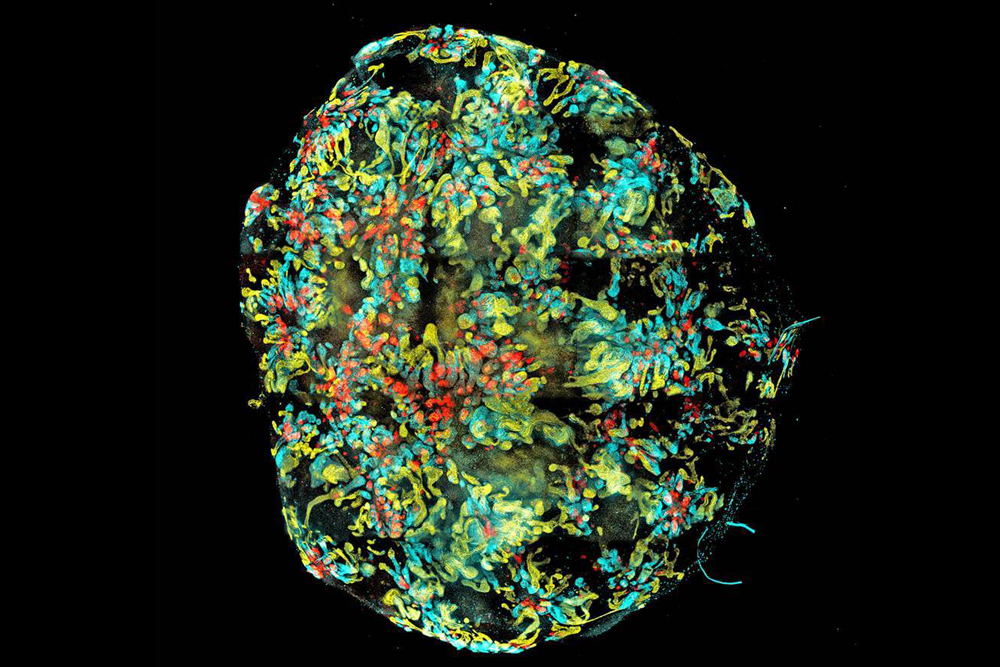
A team of Australian scientists grew a minikidney, differentiating stem cells to form an organ with the three distinct types of kidney cells for the first time. The researchers grew the organoid in a process that followed normal kidney development. In the image, the three colors represent the types of kidney cells that form "nephrons," the different structures within the kidney.
Minilung
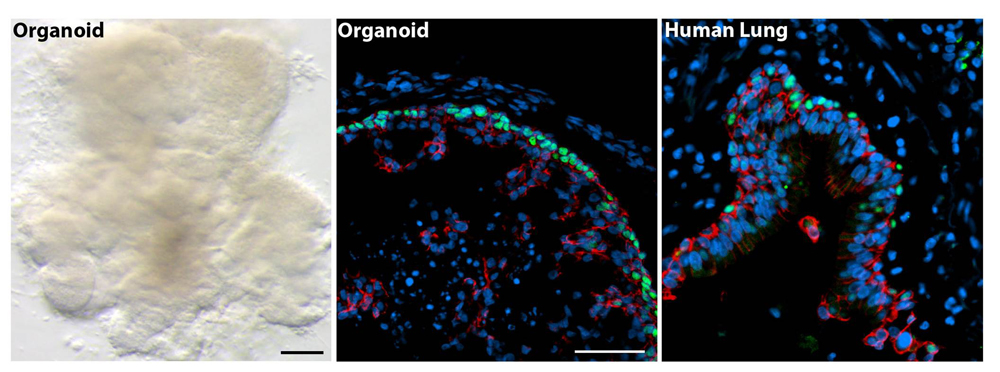
Researchers from several institutions collaborated to grow 3D lung organoids that developed bronchi, or airway structures, and lung sacs. "These minilungs can mimic the responses of real tissues and will be a good model to study how organs form [and] change with disease, and how they might respond to new drugs," Jason R. Spence, senior study author and an assistant professor of internal medicine and cell and developmental biology at the University of Michigan Medical School, said in a statement. The minilungs survived in the lab for more than 100 days.
Ministomach
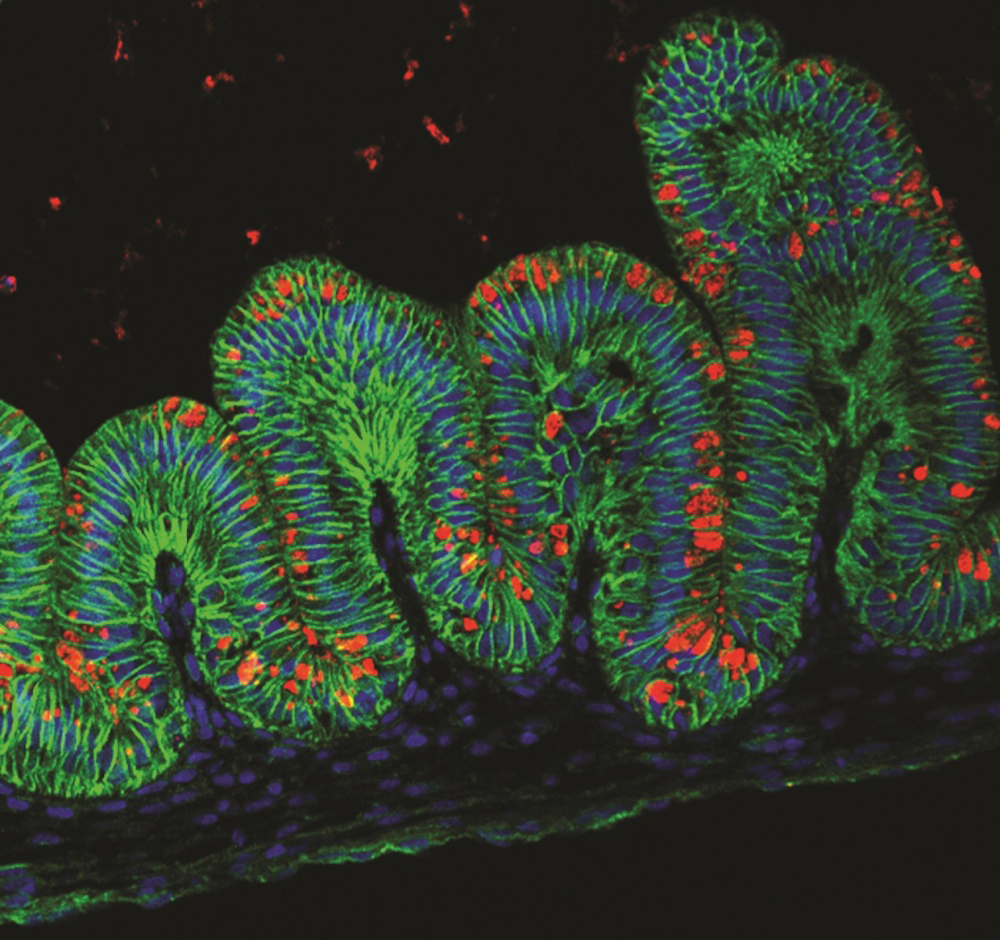
Ministomachs that took about one month to cultivate in a petri dish formed "oval-shaped, hollow structures" resembling one of the stomach's two sections, said Jim Wells, study co-author and a professor of developmental biology at Cincinnati Children's Hospital Medical Center. Wells told Live Science that the tiny stomachs, which measured about 0.1 inches (3 millimeters) in diameter, would be especially helpful to scientists studying the effects of a certain bacterium that causes gastric disease. This is because the bacteria behave differently in animal subjects, he said.
Vagina
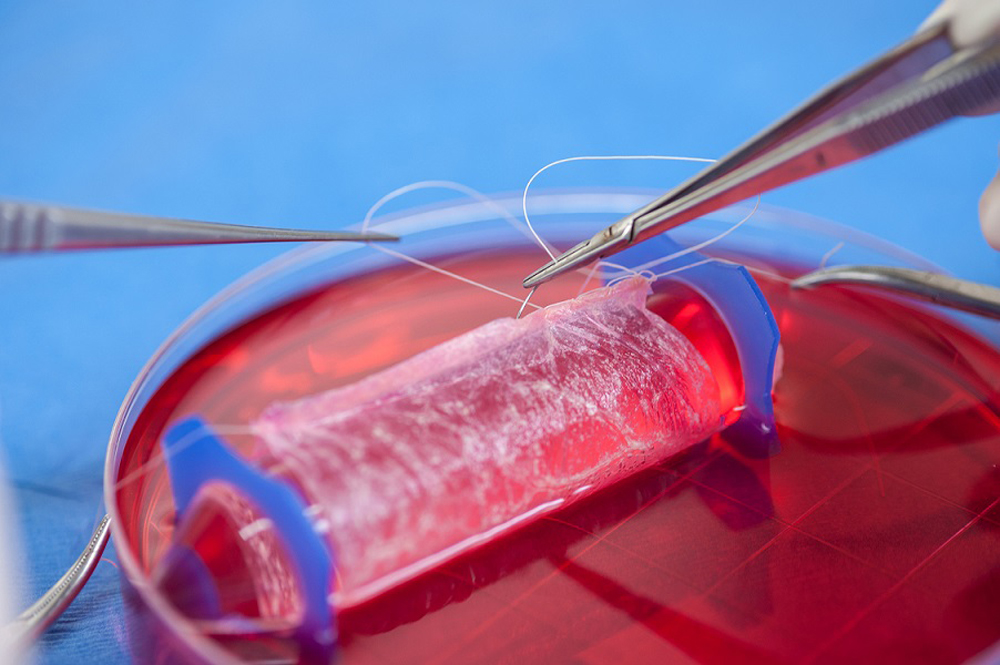
In April 2014, a study published in the journal The Lancet described the successful transplants of lab-grown vaginas, created by nurturing the patients' cells on a vagina-shaped scaffold. The transplants, conducted several years earlier in four girls and young women between the ages of 13 and 18, corrected a congenital defect in which the vagina and uterus are missing or underdeveloped. The teenagers were examined annually for eight years after the transplants, during which time the organs functioned normally, allowing pain-free intercourse.
Penis
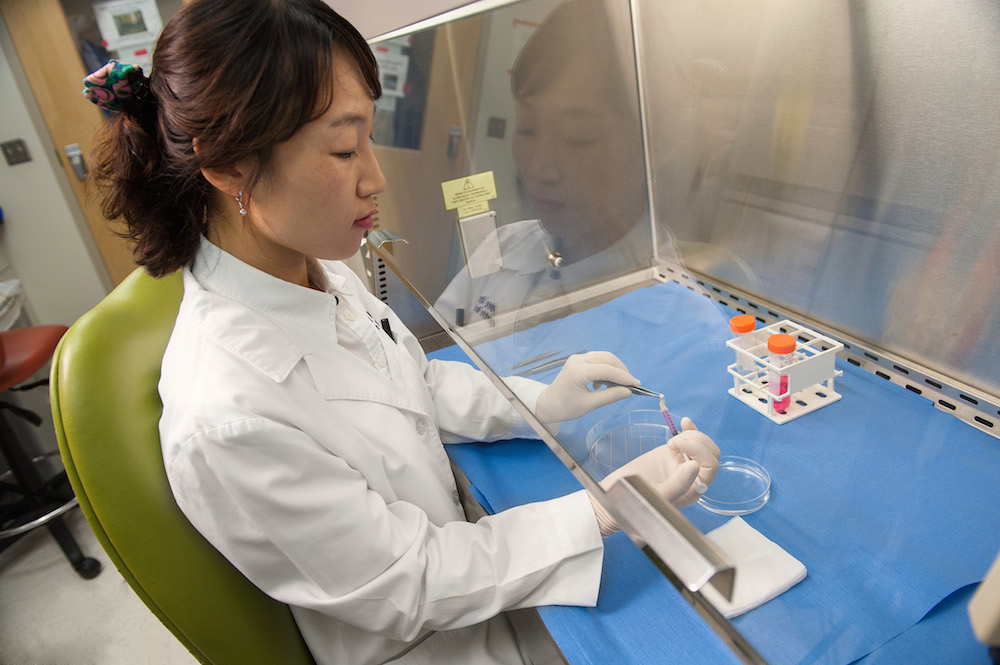
Scientists at the Wake Forest Institute for Regenerative Medicine used rabbit cells to grow penile erectile tissue, transplanting the lab-grown penises onto male rabbits, which then mated successfully. But the process is still in the experimental stages, and approval from the US Food and Drug Administration is required for the team to extend its work and incorporate human tissue and subjects. The U.S. Armed Forces Institute of Regenerative Medicine is providing money for the study, as the research could benefit soldiers who suffered groin injuries in combat.
Related: Can a transplanted penis work like the original?
Esophagus
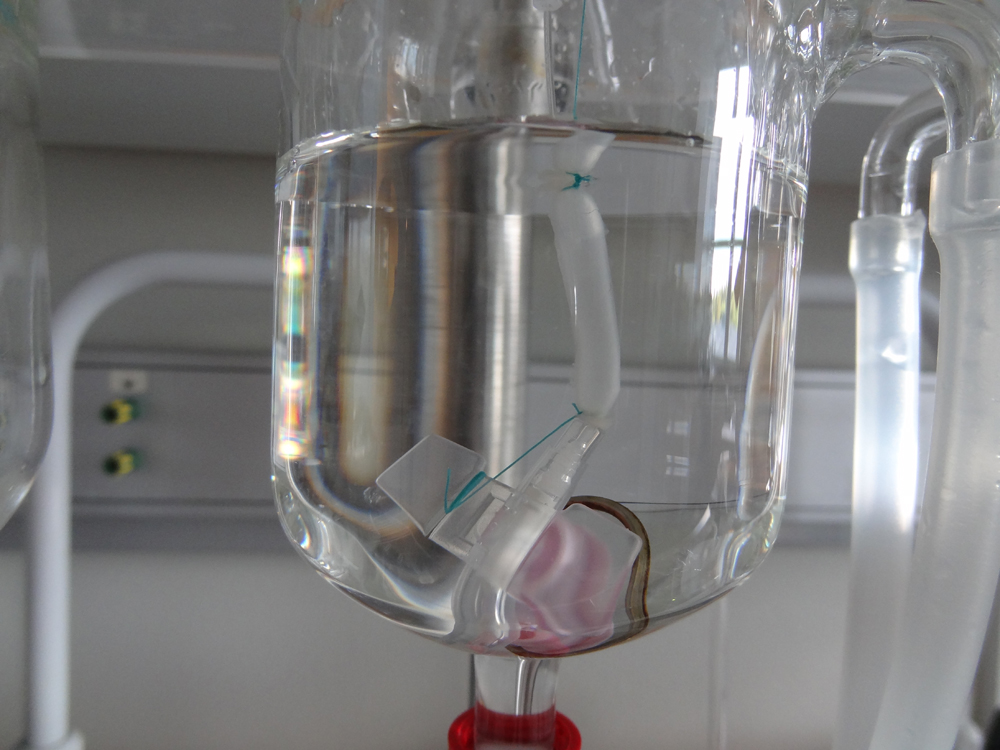
At Kuban State Medical University in Krasnodar, Russia, an international team of scientists constructed a working esophagus by growing stem cells on a scaffold for three weeks; they then successfully implanted the organ in rats. The scientists tested the new esophagus for durability by inflating and deflating it 10,000 times, implanting the artificial structures in 10 rats and replacing up to 20 percent of the animals' original organs.
Ear
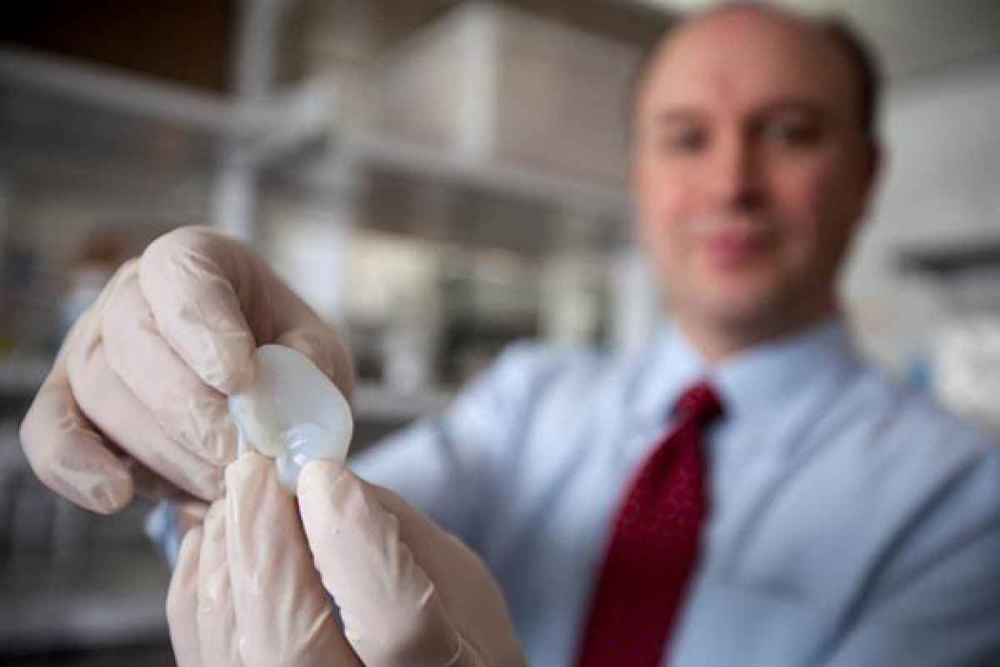
Now hear this: Scientists have 3D printed human ears, cultivating them by coating molded ear-forms with living cells that grew around the frame. The researchers created the ear-shaped mold by modeling a child's ear using 3D software and then sending the model to a 3D printer. Once the scientists had the mold in hand, they injected it with a cocktail of living ear cells and collagen from cows, and "out popped an ear," Live Science reported. The fabricated ears were then implanted on rats for one to three months while scientists evaluated changes in size and shape as the organs grew.
Source: https://www.livescience.com/59675-body-parts-grown-in-lab.html
0 Response to "Which Two Parts of the Body Continue to Grow for Your Entire Lif"
Post a Comment